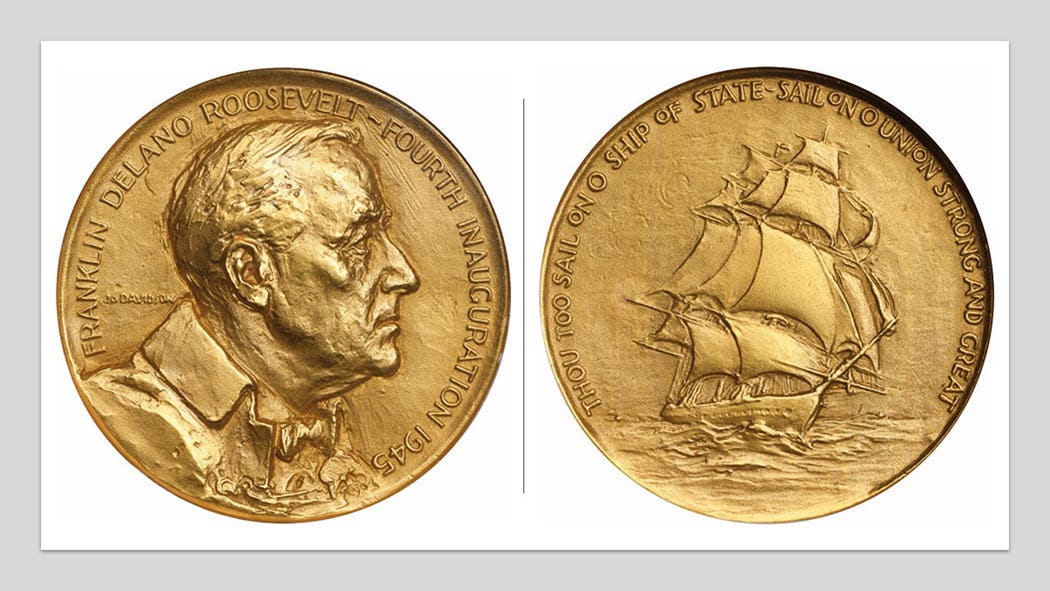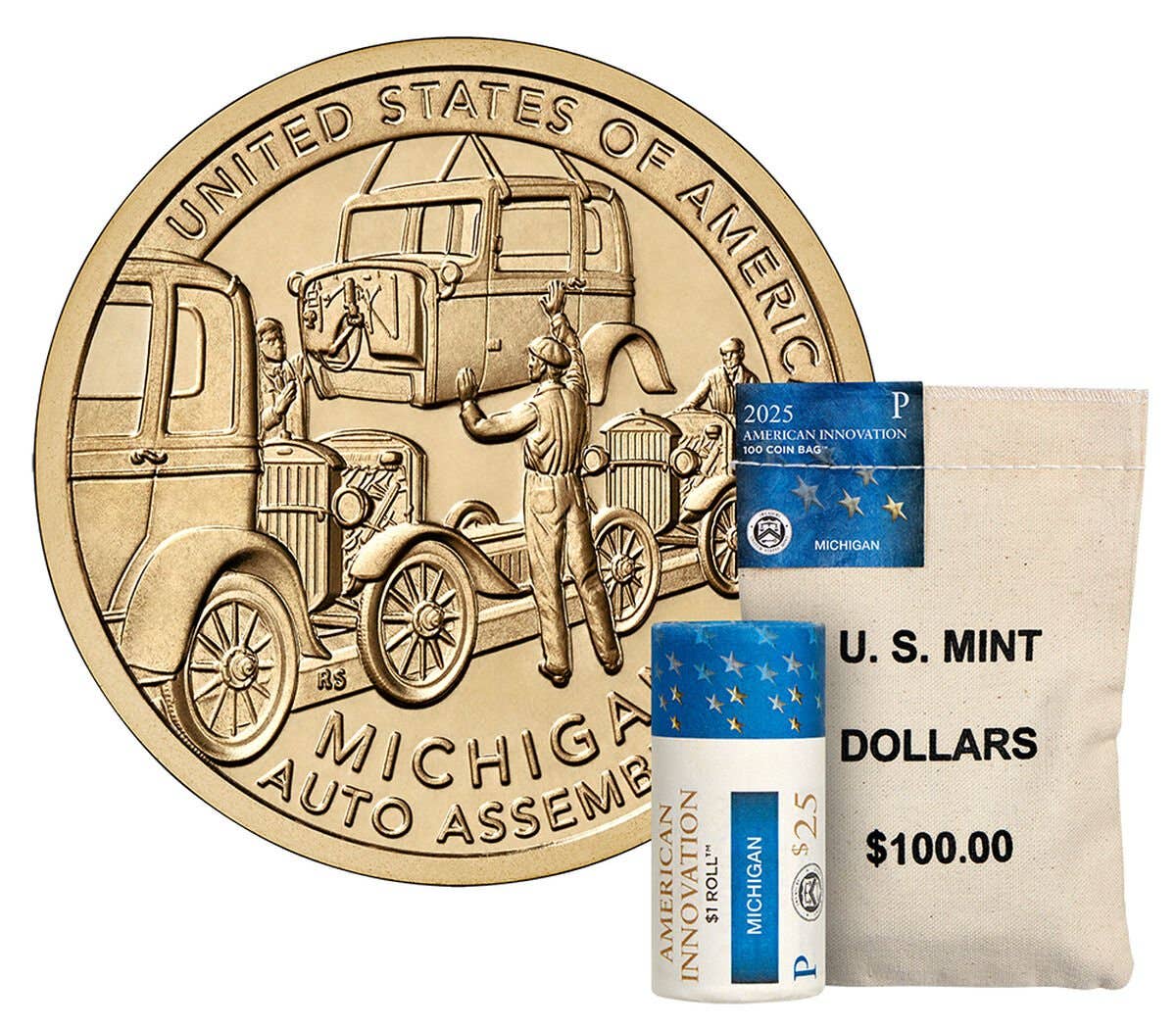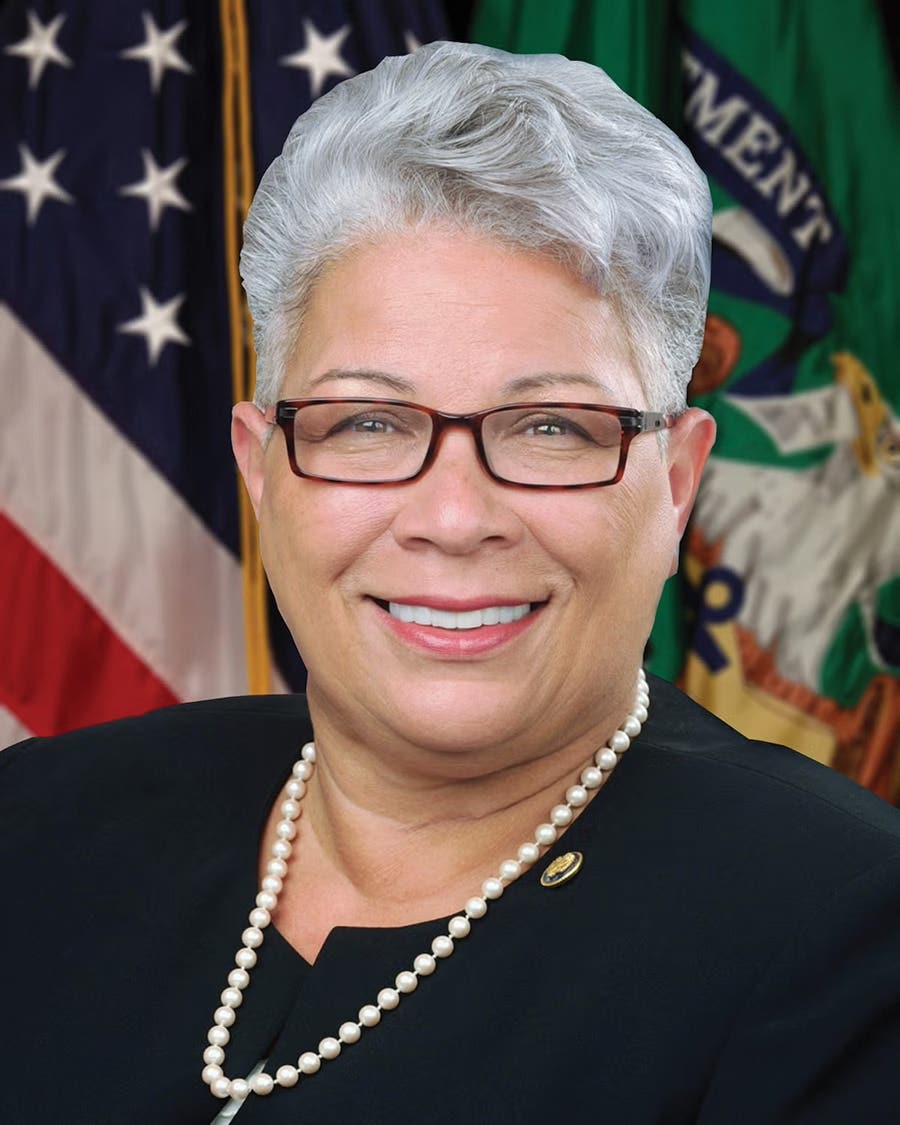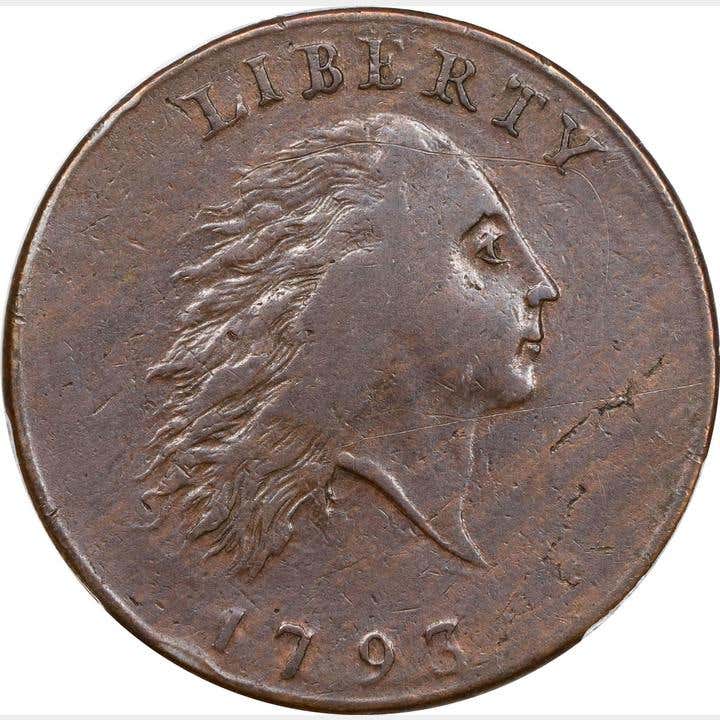Moneyers Not ID’d on U.S. Coins
Has the United States ever identified a moneyer on our coins? The identity of the moneyer or mintmaster on a coin dates from the time of the ancient Greek city-states;…
Has the United States ever identified a moneyer on our coins?
The identity of the moneyer or mintmaster on a coin dates from the time of the ancient Greek city-states; however, the United States has never marked our coinage with some indication of who was responsible for the finished product.
Why would a coin be graded Proof-55? I thought proofs were graded between Proof-60 and Proof-70.
Any proof coin certified by a third-party service to be in less than Proof-60 “condition” has problems, likely from having been mishandled. Such coins are nonetheless collectible; however, they won’t command the prices of problem-free proofs graded between -60 and -70.
What is the first privy mark to appear on a U.S. coin?
According to the U.S. Mint, “Although records don’t refer to these arrows as privy marks, the symbols did serve the same function by communicating information about production. In 1853, the mint temporarily reduced the weight of silver coins.” I consider this a stretch. For practical purposes, the arrows to which they refer identify type coins. The first true privy marks on a U.S. coin can be argued to be the 1921 2 x 2 Alabama Centennial and the 1921 2 * 4 Missouri Centennial half dollars. Readers: Any thoughts?
When were coin boards first offered for sale?
Kimberly-Clark engineer Joseph Kent Post invented the coin collecting board in 1934, offering the boards through his Kent Company Coin Card business the following year. Post didn’t stay in business very long, selling his invention to Whitman Publishing later during 1935.
I don’t see much interest in coin boards anymore, since not that many people collect coins from circulation. Are coin boards collectible?
Consider collecting coin boards a sub-hobby. You may want to read Coin Collecting Boards of the 1930s and 1940s by David W. Lange. The boards, just as coins, are valued by their condition. Those issued by the Gramercy Stamp Company and by E & K are particularly coveted.
Where do you draw the line between when a damaged bank note is still redeemable and when it is not?
As long as both sets of serial numbers that are printed on the front of a bank note can be read and are not altered (in other words, the serial numbers must match), and at least three-quarters of the note are present, a bank note can still be redeemed at a bank. ◆








